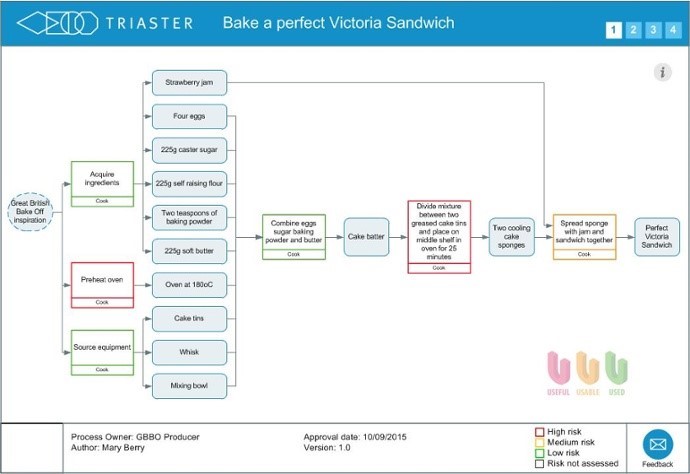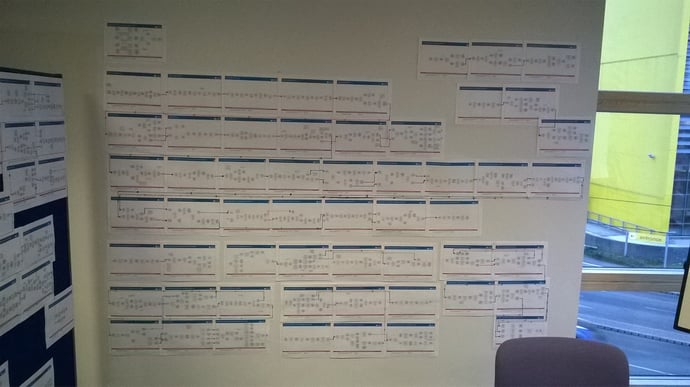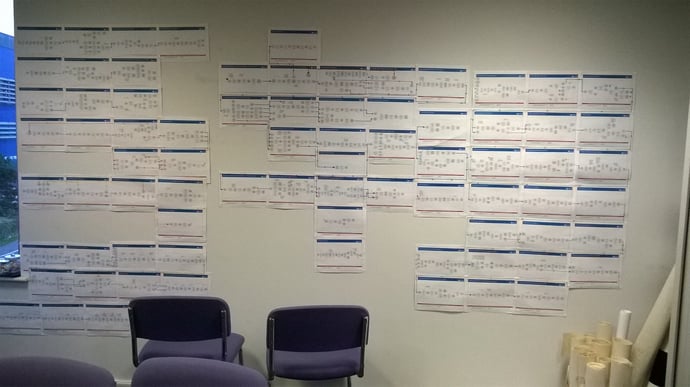As anyone working for a housing association knows, these are testing times. Revenues are being squeezed like never before. However along with great challenges, great opportunities arise and although it might not feel like it, now is a time of great opportunity for housing associations.
In this article we explore how you can thrive in this time of significant revenue cuts.
Housing associations: significant revenue cuts
Although the old cap on raising rents (by inflation plus one percent) constricted housing associations’ revenue streams, the change in the law in 2015 - which no longer allows housing association to increase rents at all - has introduced a significant challenge.
Given that there is still inflation, in real terms this means a 15% reduction in revenue by 2019/20.

Welfare Reforms Affecting Social Housing
There are also the main welfare reforms affecting social housing: bedroom tax, Universal Credit, disability benefit cuts, and overall benefit cuts. These changes are introducing uncertainty, delays in payments and restricted housing benefits.
Housing associations are needing to develop ways to monitor tenants effected and also increase support of tenants who are struggling to cope with the effects of the changes. Social landlords are needing to refocus their resources on face-to-face contact and community support.
The Joseph Rowntree Foundation report, ‘The impact of welfare reform on social landlords and tenants’ released in June 2014 stated:
“Welfare reform is hitting social landlords and their tenants extremely hard.”
They also included among their conclusions the comments that:
“Welfare reform may end up making tenants more, not less, dependent, and certainly more vulnerable.”
“Associations have to intensify tenant support to collect the rents on which their viability depends.”
All this at a time of 15% reduction in real terms revenue.
So where is the good news?
A Chance for Discontinuous Change
Oddly, the good news for housing associations arises because the situation is so challenging.
It is human nature that if we can continue to do something the same way we always have - just a bit faster or a bit more efficiently - we will continue. But when we absolutely can’t, we can often find a way to do it completely differently and often a lot more efficiently.
And that is the current opportunity for housing associations.
A discontinuous change in how housing associations do things is needed now and whilst this may be uncomfortable, the results could be excellent.
But how do we thrive in an era of significant revenue cuts?
Identify Areas for Process Improvement
Those housing associations that now make significant improvements to their processes will be the ones to thrive.
How to Achieve Process Improvement?
Firstly though, what is a process improvement? Indeed what is a process?
What is a Process?
A process is a series of actions or steps taken in order to achieve a particular end - a process is a transformation.
It transforms inputs into outputs. For example, a process is the mechanism by which raw materials are converted into products, so baking a cake will involve taking various ingredients (inputs) and producing the cake (output) using the recipe (process). The image below is a process map of the cake baking processes.

What is a Process Improvement?
Undertaking process improvement, means thinking of what your organisation does in process terms and looking for ways to improve your processes.
Process Mapping for Housing Associations
The start point is to think of what your housing association does, as a transformation of inputs into outputs. So for example, picking up the keys from a tenant vacating a property and re-letting the property to a new tenant (keys-to-keys) is a core end-to-end process for housing associations.
Capturing this within process maps as a series of inputs, activities and output, whilst not a quick or easy job, will immediately highlight the handoff and potential inefficiencies in the way things are currently done.

Process Model
The output of a process mapping exercise will deliver a process model of your housing association. By this I mean, what your housing association does, captured as interconnected process maps.
This will be a blueprint – a model of how your housing association works today, which will quickly highlight areas where improvements can be made and enable decisions to make changes with a true understanding of how the processes currently work.
Process Improvement
So returning to a core end-to end process for housing associations: Keys-to keys, once the activity is captured in process maps, the complexity of how it has always been done will become obvious.
The next step is to model ways to improve the efficiency of the process, to both reduce the cost of delivering it and enable properties to be re-let more quickly. Having properties vacant for less time will of course result in an increase in rental income – in other words increased revenue.
It is important to choose your process improvement tools carefully here – so that the impacts of changing a process are understood before the changes are made. It is no good re-letting properties quickly if they aren’t fit for purpose or don’t comply with all statutory regulations, such as gas safety, asbestos checks and certifications.
You will be amazed at the improvement opportunities that there are however - both for efficiency gains and to respond to the increased support required by your tenants - once you start to look at your housing association processes.

Learn More
Triaster is working with a number of housing associations who are using the Triaster Platform right now to capture and improve their core processes.
They are responding positively to testing times and are equipping themselves to thrive in what could otherwise be a difficult future.
In this short video below, Emma Woodrow, Service Improvement Team Leader, New Charter Group talks briefly about their housing management system. To learn more please do contact us.

Thanks for reporting a problem. We'll attach technical data about this session to help us figure out the issue. Which of these best describes the problem?
Any other details or context?
Related Articles:
Business Process Improvement: Stop Struggling, Start Doing
How to Improve Business Processes...Before You Know What They Are
Implementing a Business Process Management System: What You Need to Know
Business Management System: 4 Steps to Finding the Right One For You
Understanding Business Process Management: A Beginner's Guide
Written by Emma Harris
Emma was Operations Director for Triaster for nearly 20 years, during which time as well as learning and perfecting her BPM and process improvement skills, she honed her inbound marketing expertise. She now runs D2e - Designed to engage - which designs and develops bespoke, engaging, HubSpot CMS websites, that help your entire company to grow and scale. She is delighted to still be delivering Triaster's marketing, whilst also helping other companies turn their websites into their hardest working asset.


